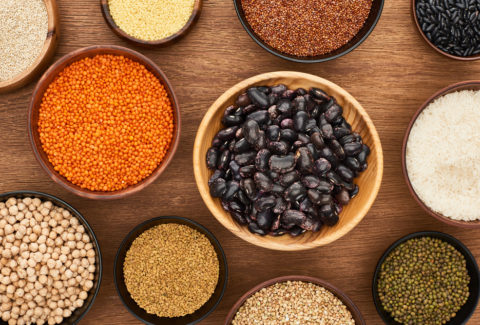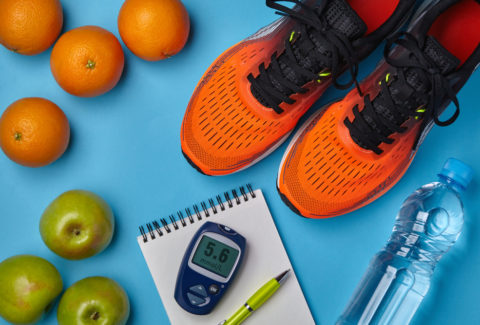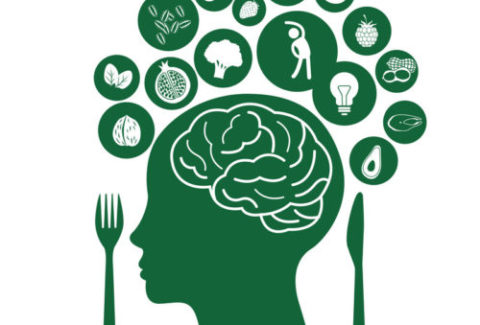How the Body Mends Itself
Introduction:
The human body is a remarkable and intricate system that possesses an innate ability to heal itself. From mending broken bones to fighting off infections, the body’s natural healing processes are nothing short of miraculous. This article explores the fascinating mechanisms behind self-healing and sheds light on the extraordinary ways our bodies repair and rejuvenate.
Inflammation: The First Line of Defense:
When the body is injured or encounters harmful pathogens, the first response is often inflammation[1]. This process involves white blood cells[2] rushing to the affected area, triggering the release of chemical signals that enhance blood flow and create a barricade against invaders. While inflammation can sometimes be uncomfortable, it’s a vital part of the healing process.
Cell Regeneration and Tissue Repair:
Our bodies are constantly renewing themselves through cell regeneration. Cells are the building blocks of tissues, and the body replaces damaged or old cells with new ones.[3] For instance, the skin undergoes a constant cycle of shedding old cells and generating new ones. In more complex tissues like the liver[4], cells can regenerate to a remarkable extent, aiding in recovery from injuries.
Blood Clotting and Wound Healing:
In the event of a wound, the body’s clotting mechanism comes into play.[5] Platelets[6] form a protective barrier over the wound site, preventing excessive bleeding and creating a conducive environment for tissue repair. This natural clot eventually transforms into a scab, which shields the damaged area as new tissue forms underneath.
The Immune System’s Role:
The immune system is a central player in the body’s self-healing process. White blood cells, such as macrophages[7], neutrophils[8], and lymphocytes, work together to identify and eliminate harmful microbes. Memory cells[9], a subset of lymphocytes, allow the immune system to “remember” previous encounters with pathogens, resulting in a faster and more efficient response upon reinfection.
Bone Remodeling[10]:
Bone is a living tissue that constantly undergoes a process known as remodeling. This involves breaking down old bone tissue and replacing it with new bone material. Osteoclasts are responsible for breaking down old bone, while osteoblasts deposit new bone. This process helps maintain bone strength, repair micro-damage, and even heal fractures.
Neuroplasticity and Nervous System Healing:
The nervous system possesses a remarkable ability to adapt and heal through a phenomenon called neuroplasticity[11]. Neurons can form new connections and pathways, allowing the brain to recover from injuries or adapt to changing circumstances. This is especially evident in cases of brain injury rehabilitation, where the brain can reorganize itself to compensate for damaged areas.
The Role of Nutrition and Rest:
Adequate nutrition and rest play a crucial role in facilitating the body’s self-healing processes[12]. Nutrients like vitamins, minerals, and proteins provide the building blocks necessary for cellular repair and regeneration. Sleep allows the body to focus on healing and repairing tissues without the distractions of daily activities.
In Conclusion:
The body’s ability to heal itself is a marvel of nature. Through a complex interplay of cellular processes, immune responses, and biochemical signaling, our bodies orchestrate a symphony of healing that allows us to recover from injuries, fend off infections, and rejuvenate over time. Irrespective of the treatment modality being utilized, it’s essential to recognize and respect the innate power of the body’s self-healing mechanisms. As we continue to uncover the intricacies of these processes, we gain a deeper appreciation for the wonder that is the human body.
[1] Giannoudis, Peter V., et al. “Inflammation, bone healing, and anti-inflammatory drugs: an update.” Journal of orthopaedic trauma 29 (2015): S6-S9.
[2] GRANT, LESTER. “The sticking and emigration of white blood cells in inflammation.” The inflammatory process. Academic Press, 1973. 205-249.
[3] Galliot, Brigitte, et al. “Trends in tissue repair and regeneration.” Development 144.3 (2017): 357-364.
[4] Itoh, Tohru, and Atsushi Miyajima. “Liver regeneration by stem/progenitor cells.” Hepatology 59.4 (2014): 1617-1626.
[5] Monroe, Dougald M., and Maureane Hoffman. “The clotting system–a major player in wound healing.” Haemophilia 18 (2012): 11-16.
[6] Thomas, Mark R., and Robert F. Storey. “The role of platelets in inflammation.” Thrombosis and haemostasis 114.09 (2015): 449-458.
[7] Koh, Timothy J., and Luisa Ann DiPietro. “Inflammation and wound healing: the role of the macrophage.” Expert reviews in molecular medicine 13 (2011): e23.
[8] Nauseef, William M., and Niels Borregaard. “Neutrophils at work.” Nature immunology 15.7 (2014): 602-611.
[9] Sarkar, Irene, et al. “T-memory cells against cancer: Remembering the enemy.” Cellular immunology 338 (2019): 27-31.
[10] Wang, Lijun, et al. “Mechanical regulation of bone remodeling.” Bone Research 10.1 (2022): 16.
[11] Puderbaugh, Matt, and Prabhu D. Emmady. “Neuroplasticity.” StatPearls [Internet]. StatPearls Publishing, 2023.
[12] Barchitta, Martina, et al. “Nutrition and wound healing: An overview focusing on the beneficial effects of curcumin.” International journal of molecular sciences 20.5 (2019): 1119.









